Characteristics of Metallic Iron Box Printing Coatings and Metallic Iron Box Printing Inks
Characteristics of Metallic Iron Box Printing Coatings and Metallic Iron Box Printing Inks
1. The reasonable selection of printing coating, varnish coating and varnish for metal iron box is the key to affect the quality of metal printing products. Reasonable selection of paint and varnish is the premise to ensure that metal printing products have good fastness, color, whiteness, glossiness and processing suitability. According to different uses, metal printing coatings can be divided into priming coatings, white coatings, varnish, inner wall coatings, edge seam coatings, and so on. The edge seam coating can be divided into inner edge seam coating and outer edge seam coating. The inner edge seam coating shall meet the food hygiene requirements after drying.
2. Metal box printing ink is a special ink printed on tinplate and other metal sheets, mainly composed of pigment, binder, filler and auxiliary agent. In addition to the printability of general offset printing ink, metal printing ink should also have the following characteristics:
(1) Impact resistance and strong adhesion. In the process of post press processing, tinplate and other metal materials shall undergo tin making processes such as cutting, bending impact and seam making. Therefore, the ink layer shall have sufficient adhesion to enable the printed tinplate to withstand the stamping of the mold and have excellent mechanical processing performance (including flexibility, surface hardness and impact strength). At the same time, the ink layer is required to have a good lipophilicity, so that it can be well combined with the varnish to ensure a certain adhesion between the tinplate and the ink layer as well as the varnish.
(2) Firm and hard. In the can making process, the printed and polished sheets will inevitably collide with each other, and the cut sheets are very sharp, which is easy to damage the pattern on the metal surface and make the ink layer fall off. Therefore, the ink layer is required to be firm and hard.
(3) Heat resistance. In the drying process, the printing piece needs to be heated and dried at a certain temperature and time. Therefore, pigments and binders with strong heat resistance should be selected to prevent the ink from yellowing after heating.
(4) Solvent resistance. In order to make the appearance of metal prints beautiful, improve the hardness and prevent damage caused by friction, polishing is required. And the varnish contains a lot of strong solvent, which requires that the dried ink layer not change color, not expand, not shrink.
(5) Light fastness. Metal iron box containers shall not change color when exposed to sunlight and light.
(6) Cooking resistance. Some metal cans need to be boiled for sterilization or heated before drinking, so the ink layer should not change color, dye, bubble and lose light after being steamed. As the metal substrate material surface can not penetrate, it is easy to produce dot gain. Compared with paper printing ink, metal offset printing should use high viscosity ink. The metal surface is a non absorbable surface, and too much wetting water on the page is easy to produce emulsion of ink. Therefore, the balance between water and ink on the page should be achieved by controlling the thickness of water film and the amount of ink on the page. In metal printing, in order to improve the adaptability of post printing processing and make the surface of printed parts have a certain degree of glossiness, polishing treatment (post printing coating) should be carried out before the iron box printing ink is completely dry to form a uniform and smooth coating film and avoid color bleeding. At the same time, the metal iron box printing ink should have a certain hardness and toughness, and its properties cannot be changed when repeatedly heated. The base color coating and varnish should have good adhesion.

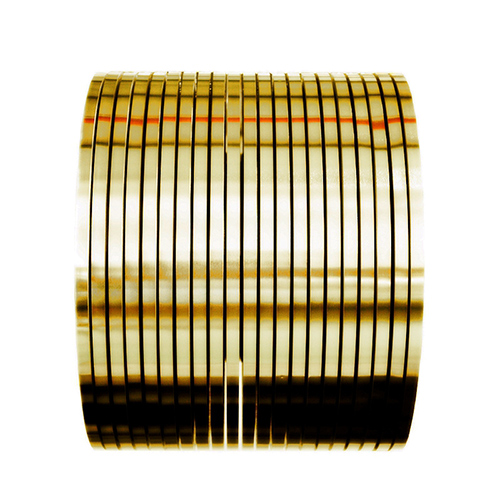
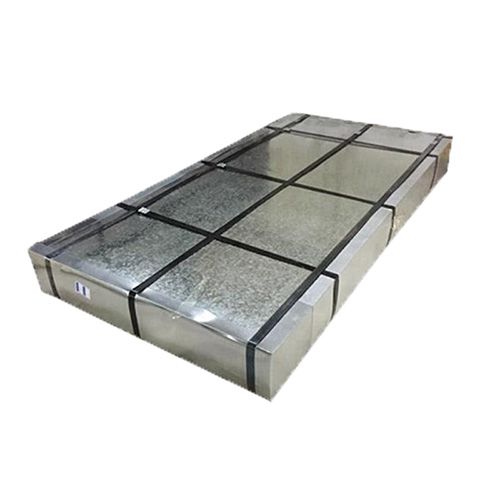
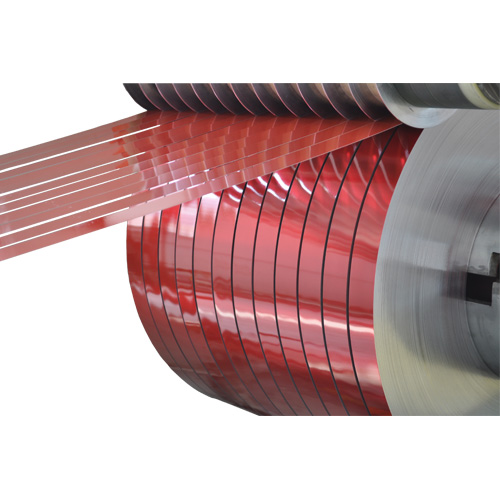
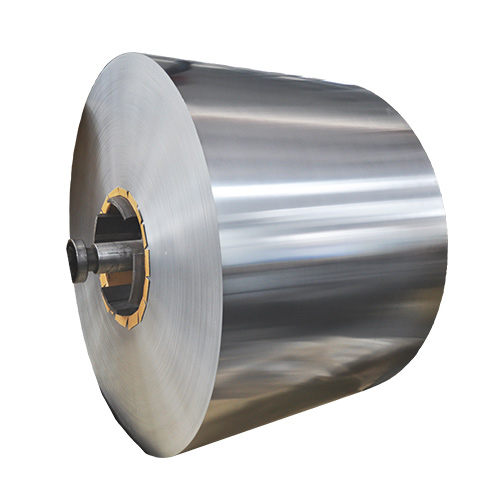
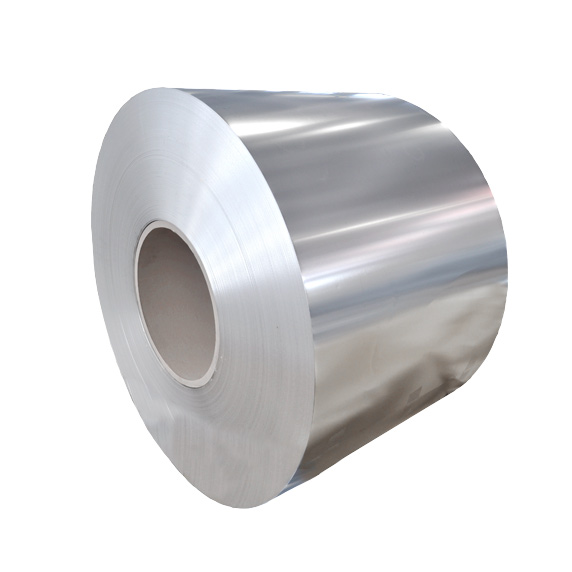
 Scan to add WeChat
Scan to add WeChat